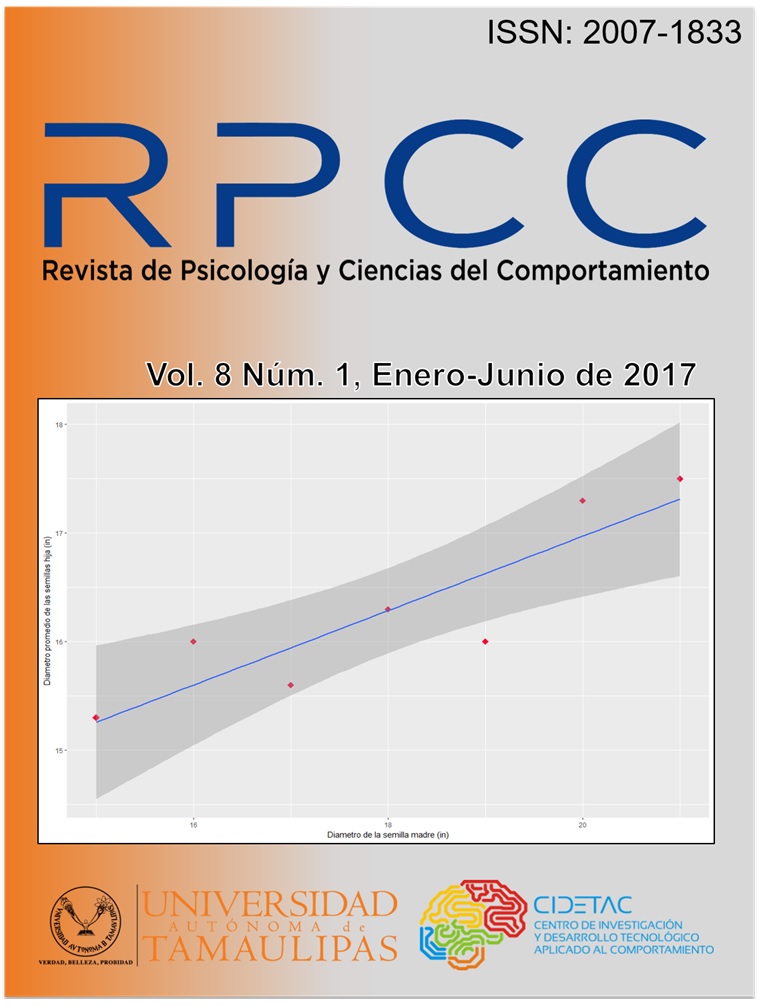Young people as social capital in Mazatlán city: Study of perverse capital
Keywords:
Culture, Associativity, Community, Violence, YouthAbstract
The study that is presented as a result of a work to evaluate the level of violence that was registered in Mazatlán City, Sinaloa Mexico, during the administration of Felipe Calderón Hinojosa in the period of 2006 to 2012. This study exposes the lack of attention to a social sector that collaborates in the growth of social capital to improve the conditions of life in the community, may be directed by other objectives. It´s explained that it didn't had advantage of it in a positive way that turns into perverse capital that increase with the violence affecting the whole nation. We analyze the factors that happened to the recently to 2012 and during this period, the government declares war against one of the main factors that is more influential in the growth and development of violence in this country. Young people are seduced by the expressions of success that are manifested through the cultural industries of the market with the increase of violence. The growth of violence has alienated the organizations of citizen participation. It has increased insecurity and lack of investment in jobs to ensure better coexistence among the community in this part of the country. Accordingly, we presented a study of the growth of what is called perverse capital.References
Alvardo ,R. (2011). La construcción de la identidad de los estudiantes de bachillerato en Sinaloa. recuperado de www.comie.org.mx/congreso/memoriaelectronica/v10/pdf/area...16/.../0172-F.pdf
Ceballos, N. (04 de Abril de 2011). Con más de cinco mil jóvenes, Periódico el Noroeste, [En linea], Recuperado de: https://www.noroeste.com.mx/opinion/page:216/malecon:2
Consejo Ciudadano para la Seguridad Pública y Justicia Social. (2011). (Consultado el 02 de mayo 2017). [En Línea], Recuperado de: https://www.debate.com.mx/mexico/Sinaloa-se-suma-a-Chihuahua-y-Juarez-Ranking-de-violencia-20170408-0177.html
Córdova, N. (2011). La narcocultura: simbología de la transgresión, el poder y la muerte, Sinaloa y la “leyenda negra”, México: UAS.
Cunjama E. y García A. (2015). Prevención social de las violencias y el delito; análisis de los modelos teóricos, México: INACIPE.
Flick, U. (2004). Introducción a la investigación Cualitativa, España.
Fukuyama, F. (1999). La gran ruptura, Argentina: Editorial Atlantida.
Giménez, G. (2007). Estudios sobre la cultura y las identidades sociales, México: CONACULTA ITESO.
Gutiérrez, C. (23 de Febrero, 2016). Enmudece La SSPM Ante Los Hechos De Alto Impacto En Mazatlán. Periódico Viva la Noticia, [En Línea], Recuperado de: http://vivalanoticia.com/enmudece-la-sspm-ante-los-hechos-de-alto-impacto-en-mazatlan/
Iniciativa Ciudadana y Desarrollo Social, INCIDE Social, A. C.. (2011). Incidesocial.org. Recuperado de: http://www.incidesocial.org/
Instituto Municipal de la Juventud. (2012). Imju.mazatlan.gob.mx. Recuperado de: http://imju.mazatlan.gob.mx/
Kliksberg, B. y Tomassini L. (2000). Capital social y cultural: Claves estratégicas para el desarrollo, Banco Interamericano de desarrollo, Fundación Felipe Herrera, Argentina, Universidad de Maryland.
Kornblit, A. (Coord.) (2007) Metodologías cualitativas en Ciencias Sociales. Modelos y procedimientos de análisis, Buenos Aires, Editorial Biblos.
Krippendorff, K. (1997). Metodología de análisis de contenido: Teoría y práctica, Madrid, Piadós.
Nakayama, A. (2006). Sinaloa: Un bosquejo de su historia, México.
Nussbaum, M. (2007). Las fronteras de la justicia: Consideraciones sobre la exclusión, España: Editorial Paidós.
Peñaloza, P. (2016). Múltiples miradas de la criminalidad, México: INACIPE.
Plan Municipal de Desarrollo. (2008-2010). Recuperado de: http://transparencia.mazatlan.gob.mx/misc/Programa%20Municipal%20de%20Desarrollo%20Urbano%20de%20Mazatlan.pdf
Plan Municipal de Desarrollo. (2011-2013). [En Línea], Recuperado de: http://transparencia.mazatlan.gob.mx/wpcontent/uploads/gobierno/plan%20municipal%20de%20desarrollo%20Mazatlan%202014-2016.pdf.
Putnam, R. (2003). El declive del capital social: Un estudio sobre las sociedades y el sentido comunitario. Recuperado de: http://www.pyrenaeus.org/talaia2/wp-content/uploads/2013/03/El-declive-del-capital-social-Putman-Robert.pdf
Ricoeur, P. (1998). Teoría de la interpretación. Discurso y excedente de sentido, México: Editorial Siglo XXI.
Rodríguez, G., Gil, J. y García, E. (1999). Metodología de la investigación cualitativa, España.
Schobert, L. y Hernández, E. (2006). Raíces de Mazatlán: Fundación política, música y viajeros. México.
Serrano, S. (2015). La participación ciudadana en México. Revista Estudios Políticos, 14, 93-116.
Taylor, S. y Bogdan, R. (1987). Introducción a los métodos cualitativos de Investigación, España: Editorial Paidós.
Published
Issue
Section
License
Those authors who have publications with the Journal of Psychology and Behavioral Sciences of the Academic Unit of Legal and Social Sciences, accept the following terms:
a. The authors will retain their copyright and guarantee the journal the right to first publish their work, which will be simultaneously subject to the Creative Commons Attribution-NonCommercial-Share Alike 4.0 International License. which allows third parties to share the work as long as its author and his first publication are indicated this journal.
b. Authors may adopt other non-exclusive license agreements for the distribution of the version of the published work (e.g., deposit it in an institutional telematic archive or publish it in a monographic volume) provided that the initial publication in this journal is indicated.
C. Authors are allowed and recommended to disseminate their work through personal communication (e.g. colleagues) before and during the submission process, for purposes of feedback or enrichment of the work, which can produce interesting exchanges
Accepted 2017-08-07
Published 2017-08-07








